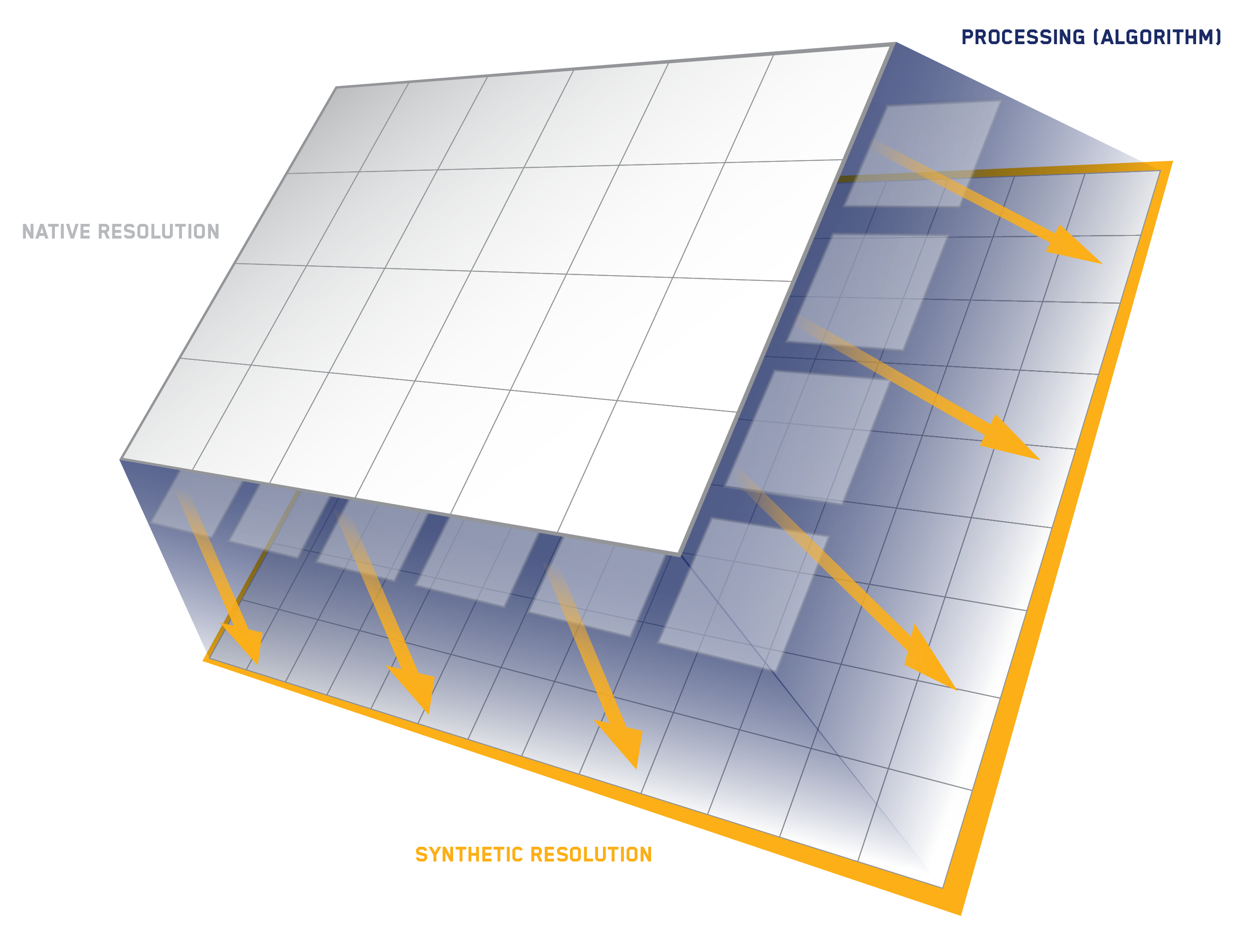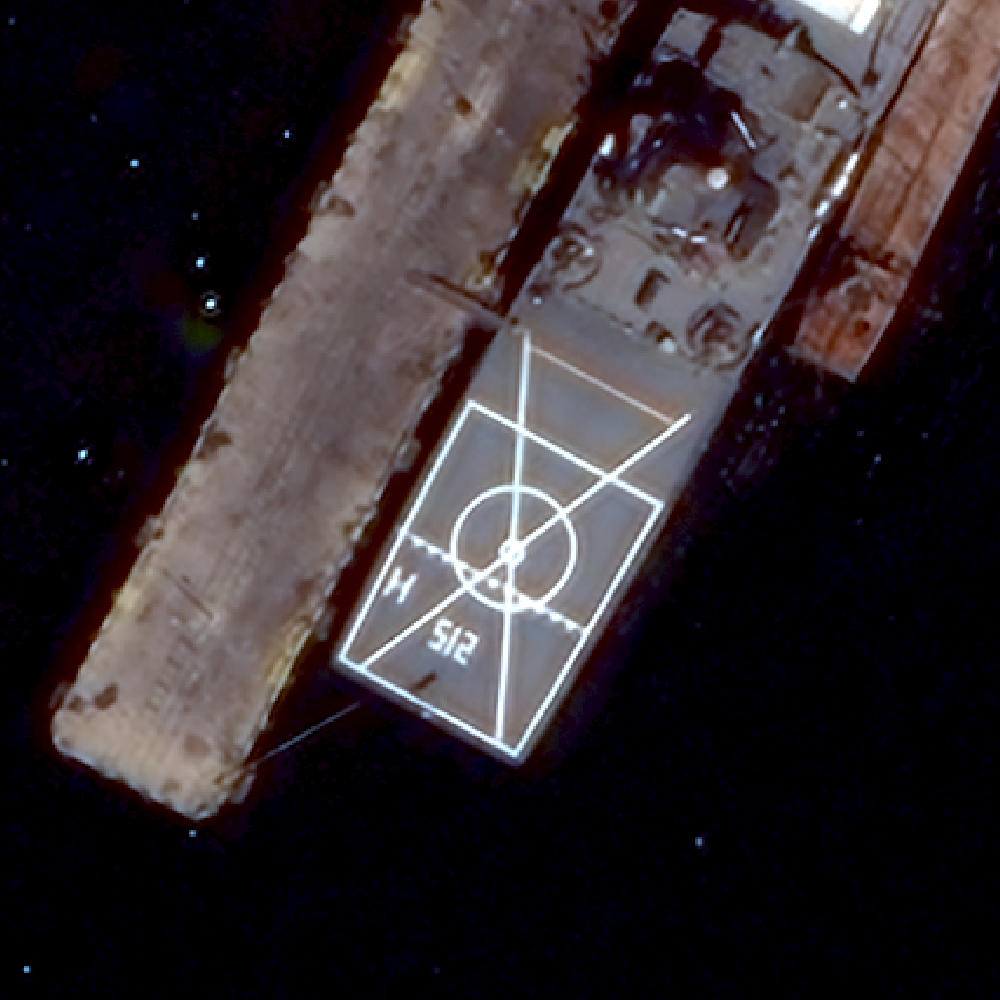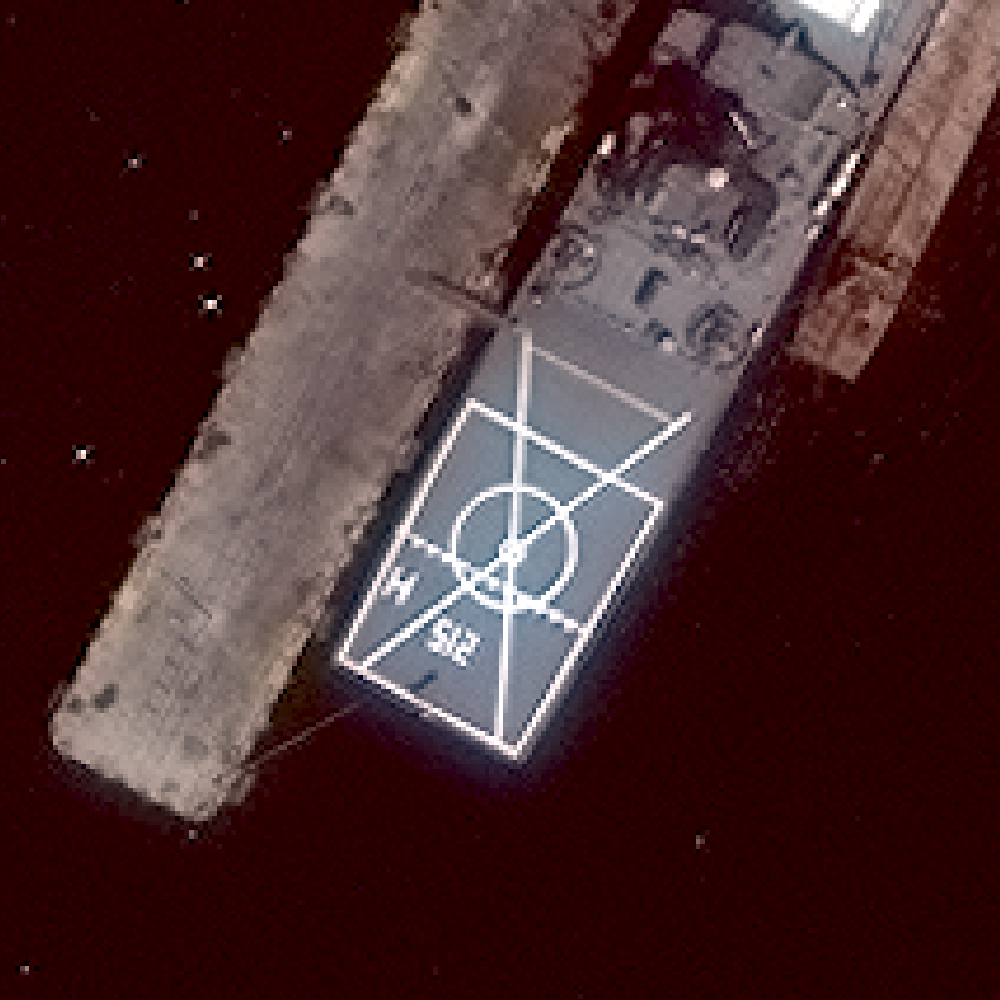After our recent announcement introducing high-definition (HD) technology, which demonstrated how it visually improves satellite imagery, we received a lot of great questions about what exactly this technology is doing to the image and how it differs from the original satellite image. In this blog post, I’ll provide some additional insight into the technology and the difference between native resolution and synthetic resolution.
Let’s first discuss the algorithms that are used to create new pixel sizes, called resampling. Resampling algorithms are mathematical models that leverage a preset approach to process the native pixels into a different size, although this is an over-simplification of the process. A large number of these algorithms have been around since the start of the industry, with many stock algorithms available in commercial off-the-shelf geospatial tools and open source software. Geospatial professionals have long understood each algorithm has strengths and weaknesses with a defined use case scenario. Of course, not all professionals will follow the best practices of these algorithms causing some to be misused, providing false perception of smaller pixel sizes.
However, what Maxar has done with the HD technology is to advance the science of resampling considerably further, offering a balance of maximizing the information in our native pixels with the need to offset artifacts like noise typically introduced through a resampling algorithm. The net result is an industry-superior technique that was specifically designed to use on Maxar’s high-resolution imagery to create synthetic resolution pixels that resemble native pixels.
Native and synthetic resolutions
Before we start comparing native and synthetic resolutions, let’s define what each means.
Native resolution refers to the pixel size of the original image straight from the satellite. Native resolution data is a direct result of the satellite altitude and characteristics of the optics (or camera lens) and the sensor.
When I reference a synthetic resolution, we are talking about a native resolution image that is processed to adjust the size of the pixel from the native resolution pixel size. This process can increase or decrease the size of the native pixels through various tools to meet a customer requirement.
There are many different approaches to create synthetic resolution. The simplest approaches (like Cubic or Lanczos) interpolate the native resolution data from a single image to create a new pixel, while more complex methods combine different images, merging the information together to create a new image. Sometimes, these approaches are also referred as “super-resolution”. All these approaches offer very different levels of quality. Some algorithms use a very simplistic approach to add pixels and provide color in the newly created pixel using a sampling of surrounding pixels, while other algorithms use a more complex mathematical model to adjust the pixel sizes. In most cases these models are not normally designed for broad utilization. The visual shown below conveys a basic view of a native resolution image undergoing processing to create a smaller pixel size product.

How do you know when to use native or synthetic resolution?
Most customers require native resolution imagery when they wish to run their own algorithms and tools to extract information or they have specific use cases that require the native pixel size to be available. For example, more experienced analysts prefer to do their own sharpening and fine-tuning and want their pixels to be as pure as possible.
Synthetic pixel users are looking for better aesthetics and are not trying to run proprietary raster processing tools. These customers are looking to expedite workflows and favor more image processing for improved visuals to help identify smaller features on the ground.
However, no matter how small the pixel size might be, the native resolution of the image will determine the level of information that can be derived from the final processed image. Data that doesn’t exist in the native resolution image cannot be created from itself.
Maxar’s approach with HD technology
Maxar has developed many innovations through the years that produce a higher quality visual experience. For example, AComp provides a better visual experience by improving the usability of our imagery and offers a clear view of features on the ground.
Maxar designed HD technology specifically for our satellites and ground systems to maximize the capability to aesthetically refine Maxar imagery with precise edges and well-reconstructed details. Our approach intelligently increases the number of pixels through a complex mathematical model that has been tuned to the specific requirements of our imagery, resulting in a superior visual experience over algorithms that are created for general use across all raster datasets. We will delve much deeper on our approach on a future blog post.
Does HD really make our imagery better?
It’s easy to compare a natively collected 30 cm image with its 15 cm HD image to show the improvements. When you see the two images side by side, it becomes clear the HD image allows the end user to better visualize details and make more informed business decisions.

To quantify the value of HD beyond visual comparisons, we decided to use machine learning (ML) algorithms to provide an unbiased result. We started a process of testing HD imagery against its natively collected resolution to see if HD will help a feature identification algorithm identify more within our imagery. Preliminary results have shown that the ML algorithm dramatically increases its average precision of detecting features when run on HD imagery versus the native resolution.
We also leveraged our GeoHIVE crowdsourcing platform to quantify the value of HD. We asked a broad mix of users to identify light poles, looking at both natively collected imagery along with imagery processed with HD. The GeoHIVE crowd had a 50% error rate using the natively collected images, but after the same imagery was processed with HD, the error rate dropped to 10%.
Starting with the best foundation
HD is an incredibly powerful algorithm that intelligently increases the number of pixels. While I do not want to underscore the innovation, it is important to understand that we are not changing the natively collected resolution of an image. Instead with HD, we are getting the most quality, value and information from our highest resolution and most accurate satellite constellation.
Maxar’s HD technology provides customers with more options to meet different requirements: Select a native 30 cm image to get the highest resolution 15 cm HD image, or leverage more of Maxar’s native 50 cm imagery with HD processing to have more 30 cm HD imagery available. HD technology is available for all customers and utilized to improve our Core Content Strips (System-Ready, View-Ready & Map-Ready) and our Mosaic (Metro, Dynamic & Vivid) basemaps.
Stay tuned for additional blog posts that will go deeper into our machine learning testing and the power of HD on our WorldView Legion constellation.

